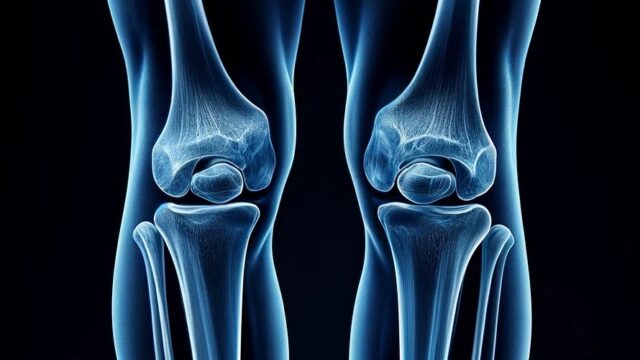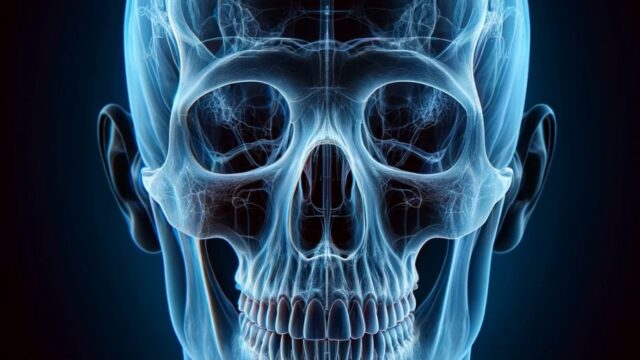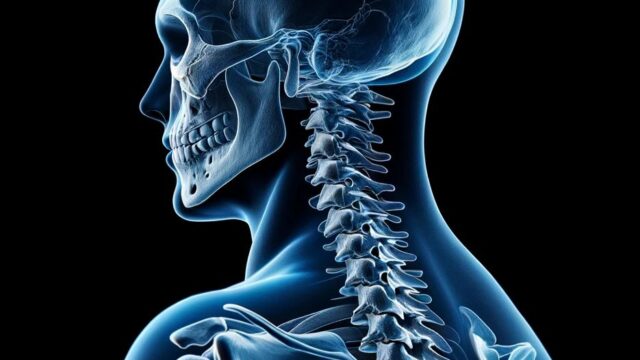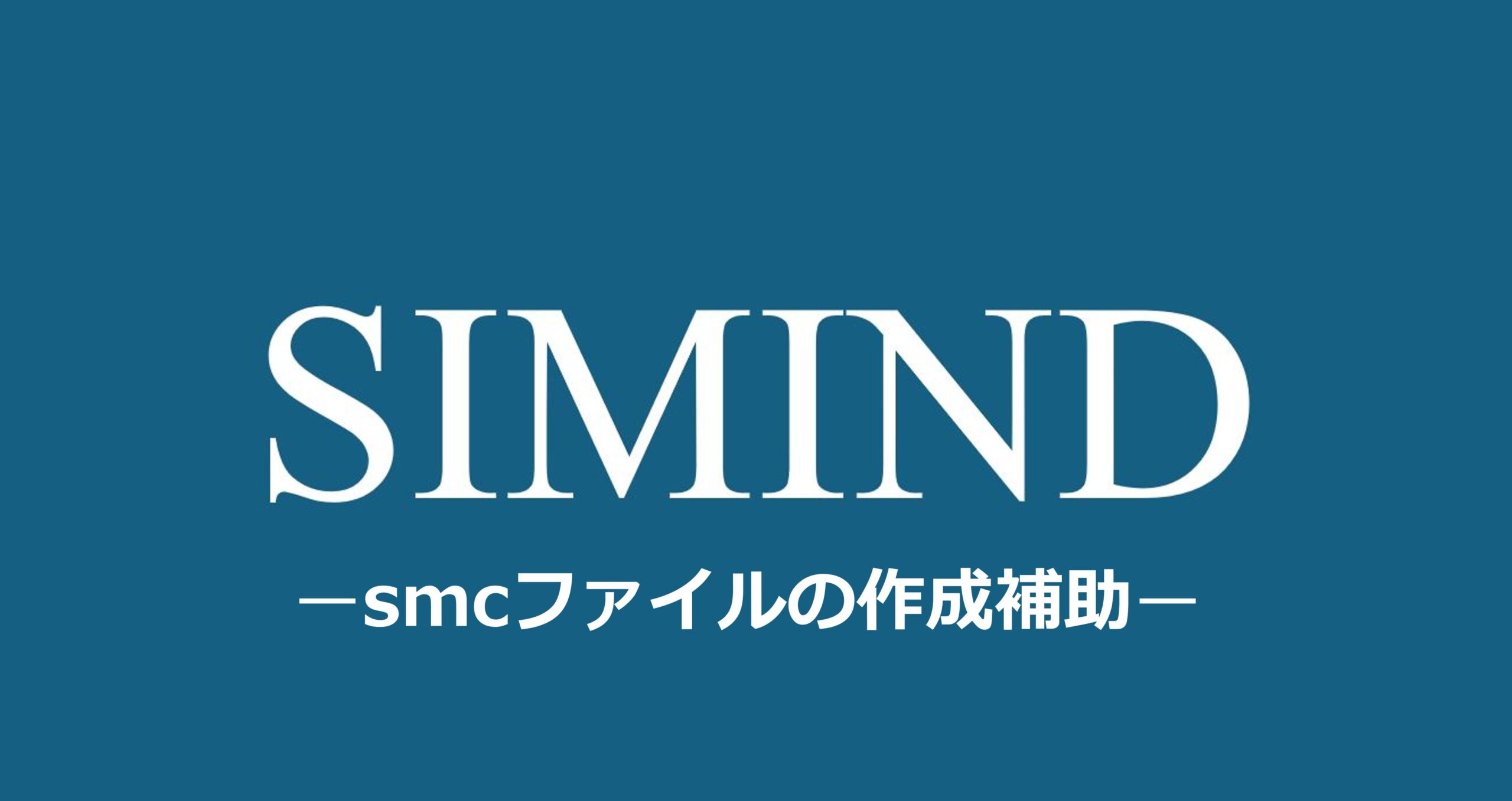Purpose
Observation of the posterior talo-calcaneal joint.
Prior confirmation
Remove any obstacles.
Positioning
Supine or seated position.
Place the heel of the examined side against the cassette, aligning the axis of the lower leg with the cassette.
Extend the examined side’s lower limb and externally rotate it so that the foot reference line is at a 45° angle to the cassette.
Align the sole of the foot parallel to the lower edge of the cassette.
Considering the oblique incidence at 15° in the cranial direction, position the cassette towards the head end.
Place the RL marker.
CR, distance, field size
CR : Oblique incidence at 15° in the cranial direction towards the medial malleolus.
Distance : 100cm
Field size : Narrowed down to include the area containing the calcaneus (approximately 15x15cm).
Exposure condition
55kV / 5mAs
Grid ( – )
Image, check-point
Normal (Fig.4)
The posterior talo-calcaneal joint is observed clearly.
The calcaneus is observable without overexposure.
Cortex and trabeculae are clearly visible.
There is sufficient tolerance to observe soft tissue.
Ensure the presence of an RL marker.
No blurring due to movement.
Videos
Related materials
















